1 THE COACH APPROACH TO ADAPTIVE LEADERSHIP Developed




































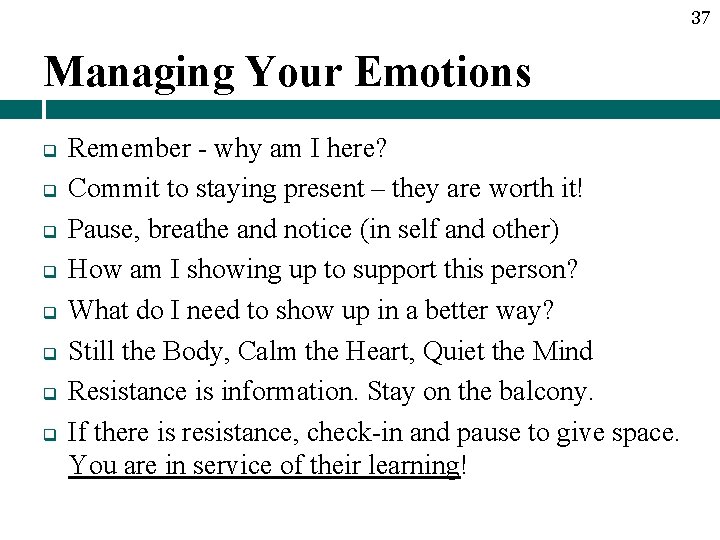

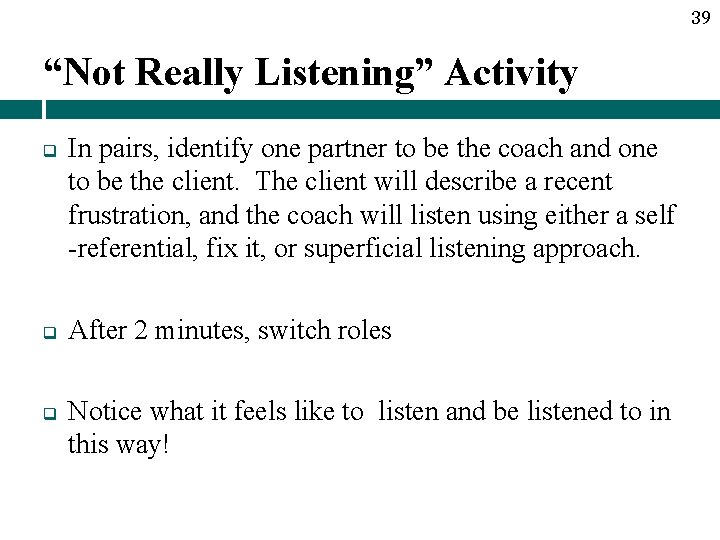

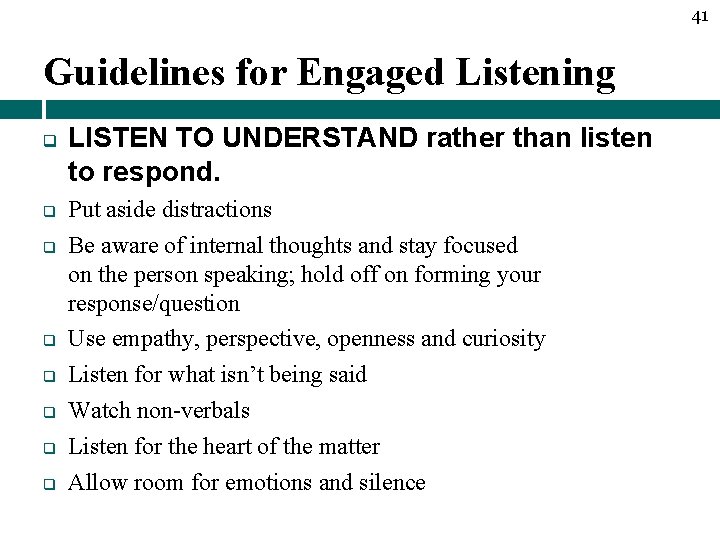

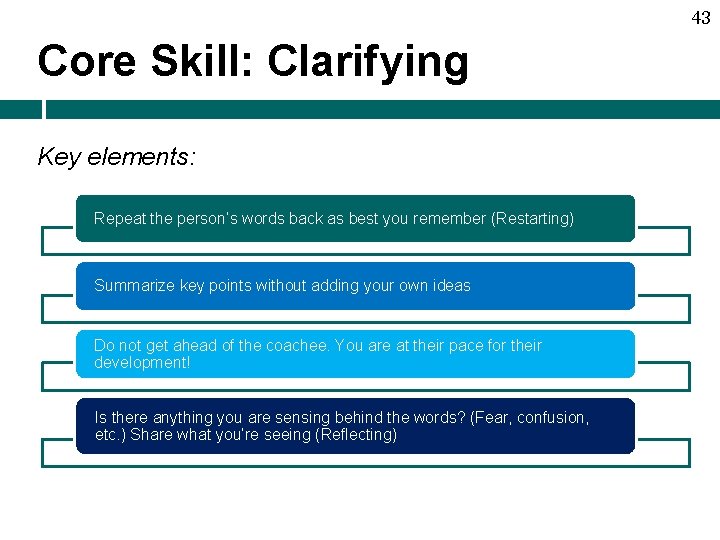
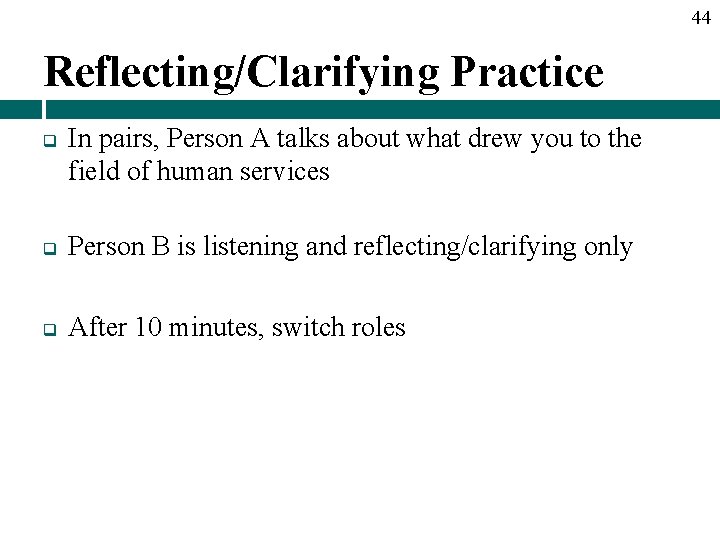
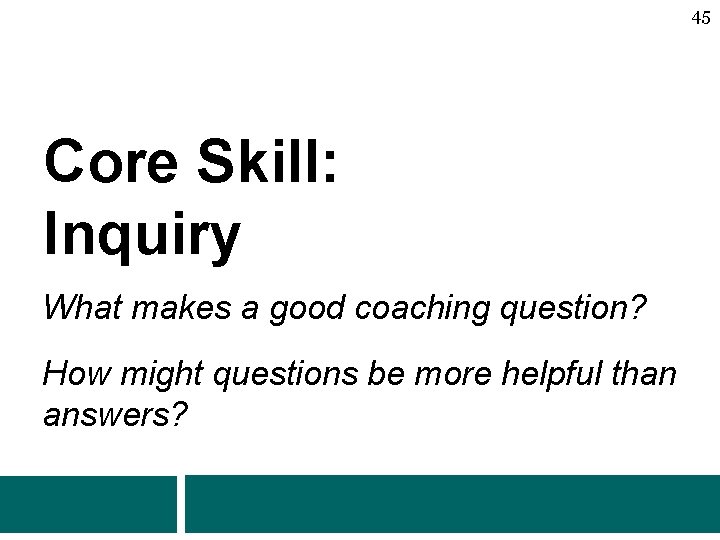
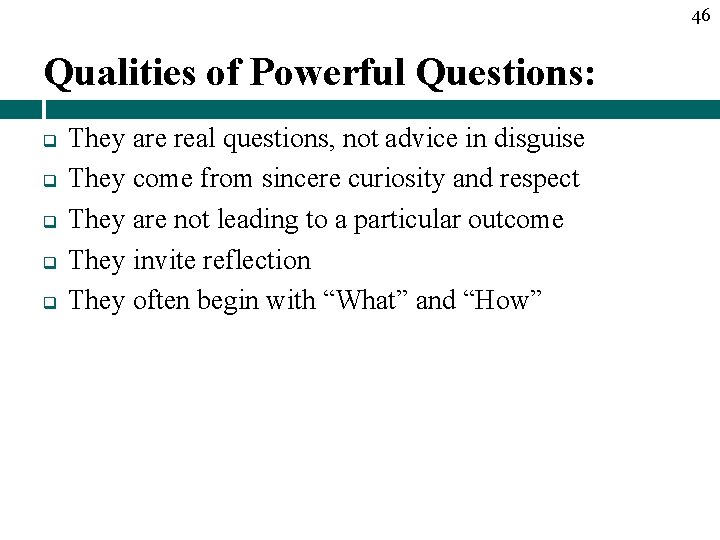
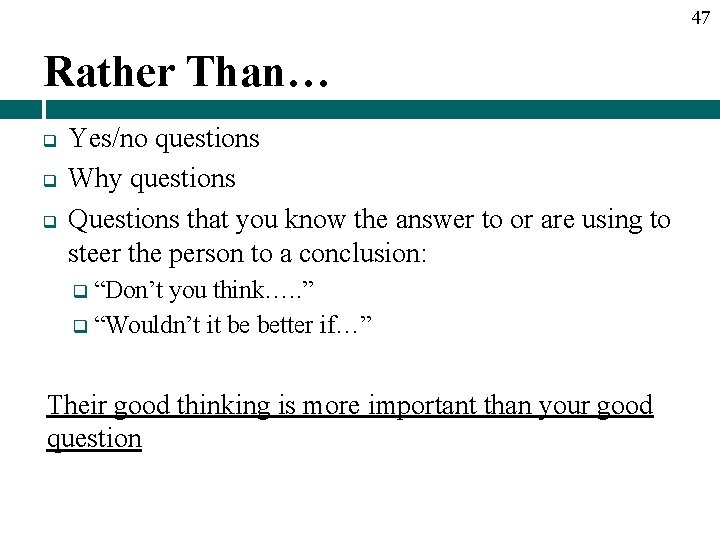

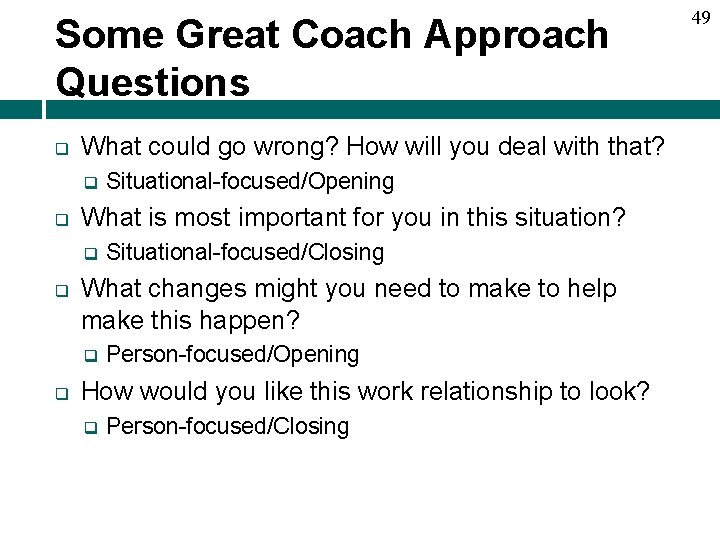
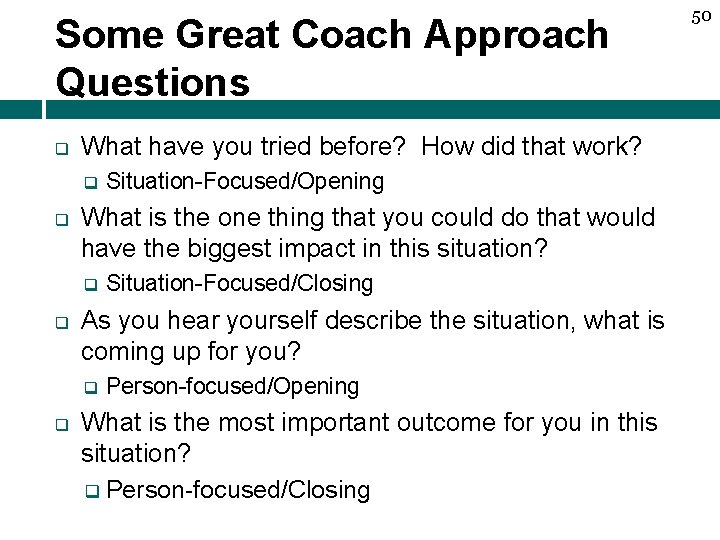
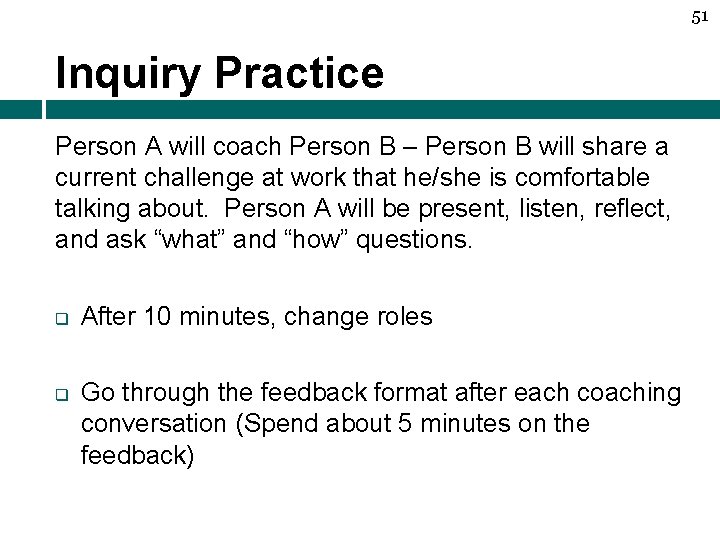
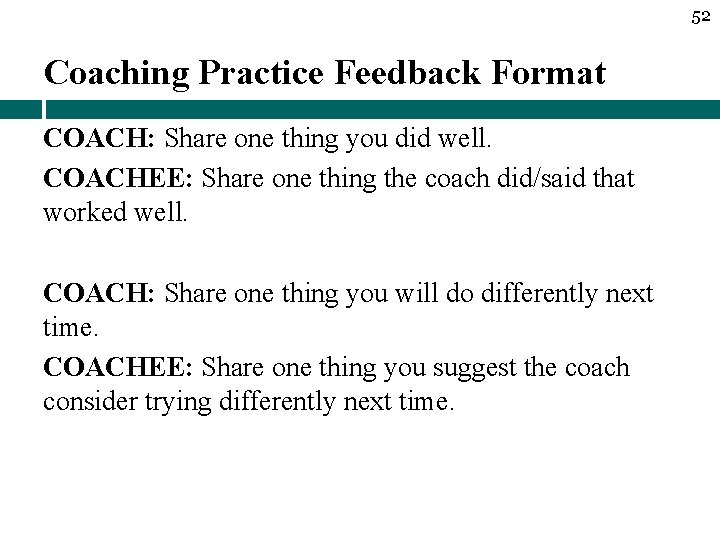
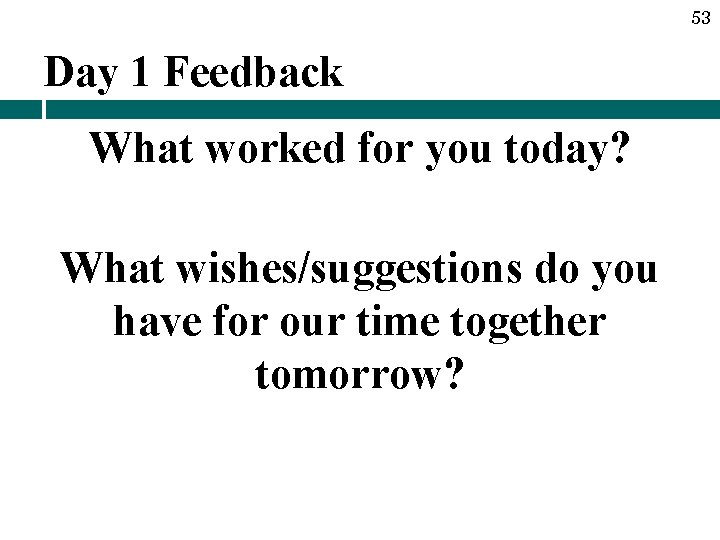
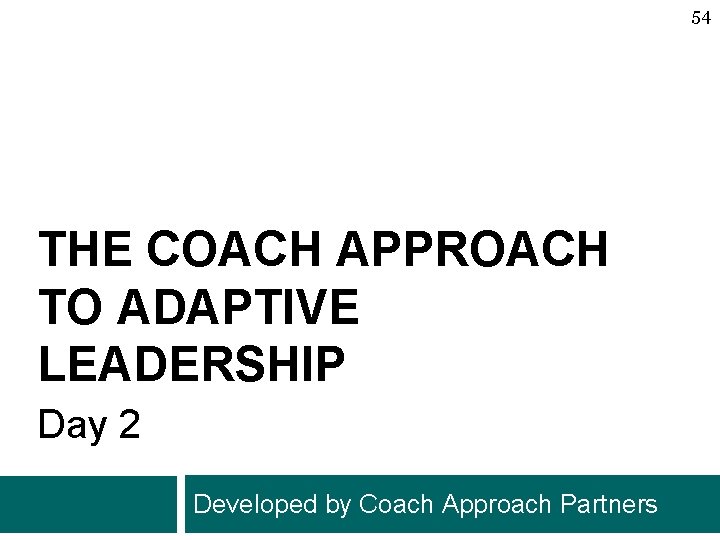

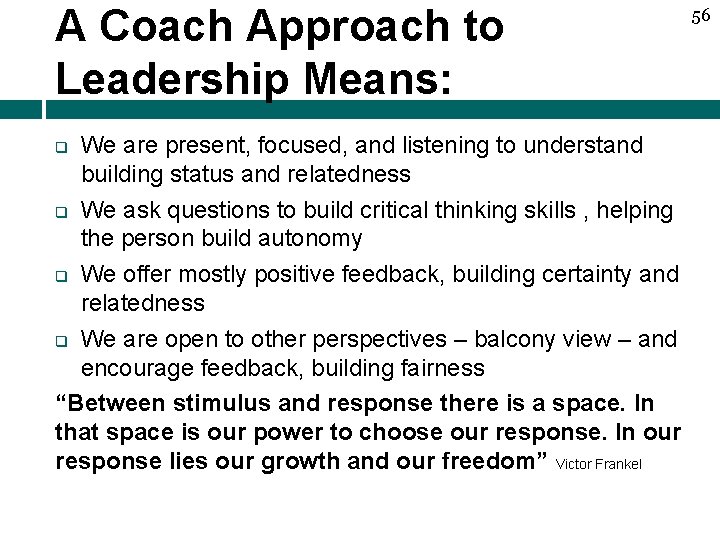


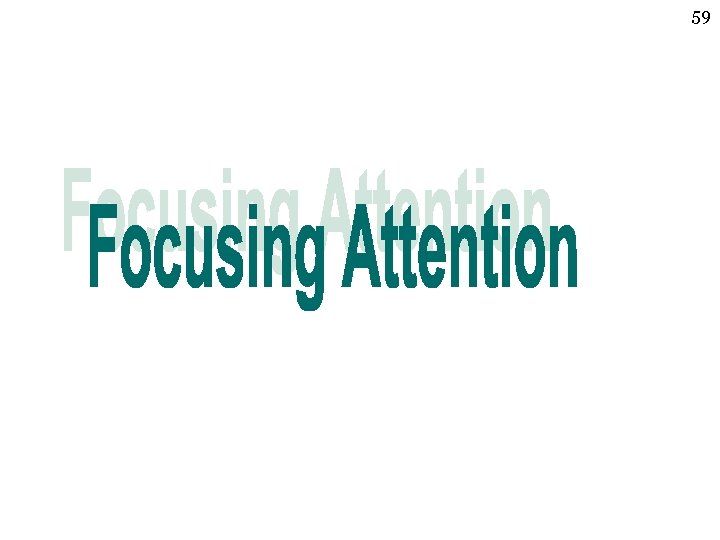
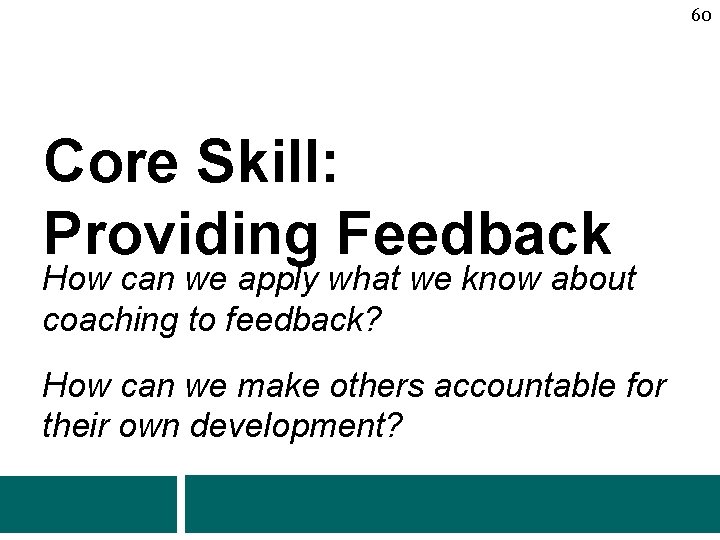
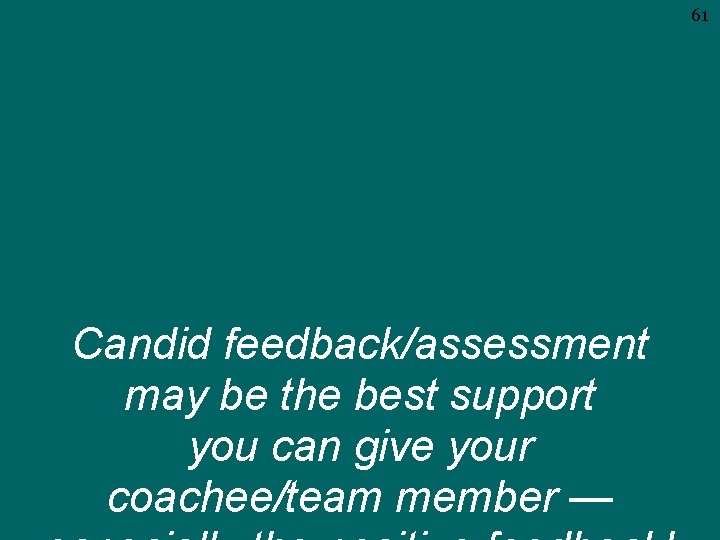

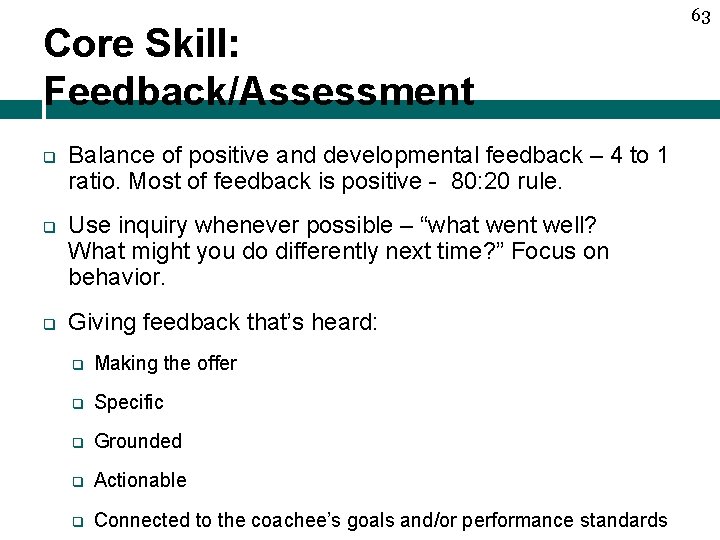
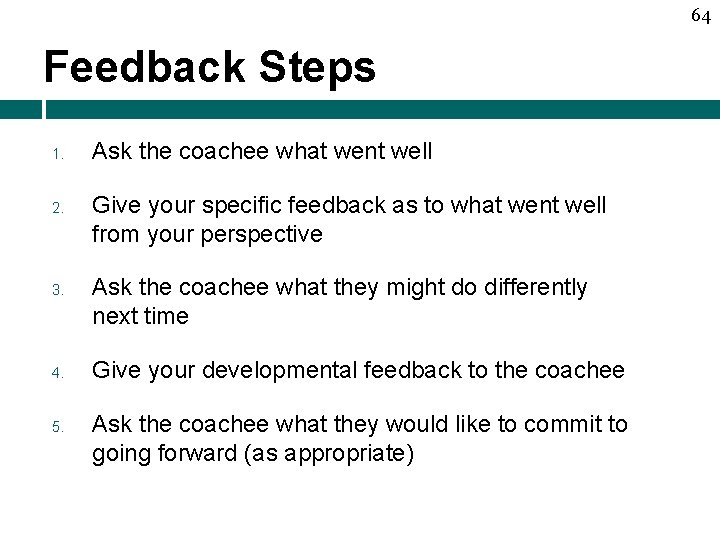
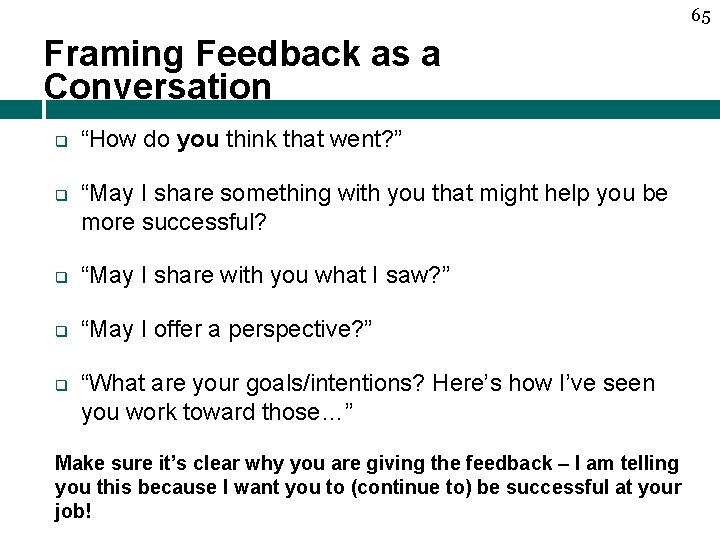
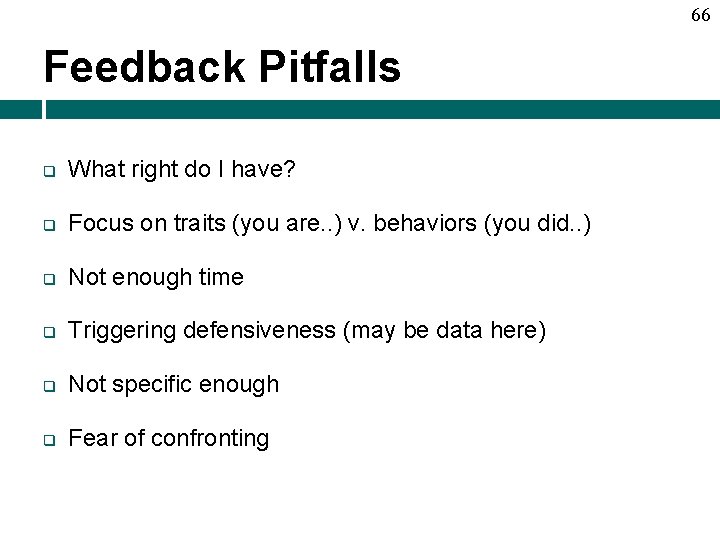
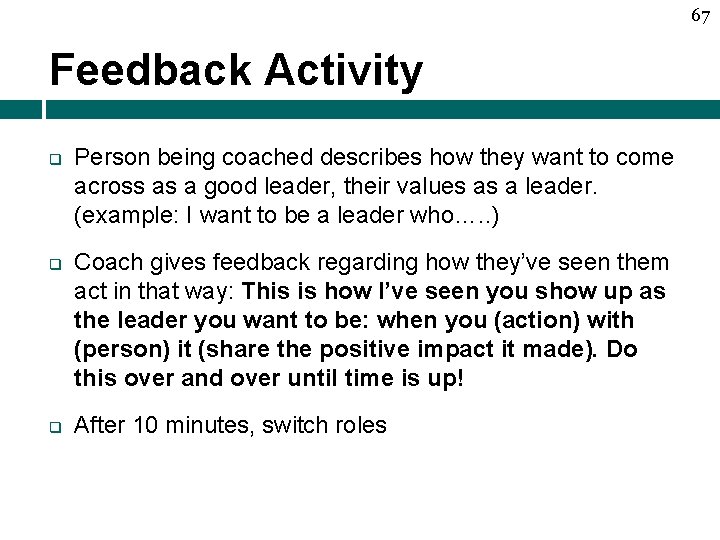

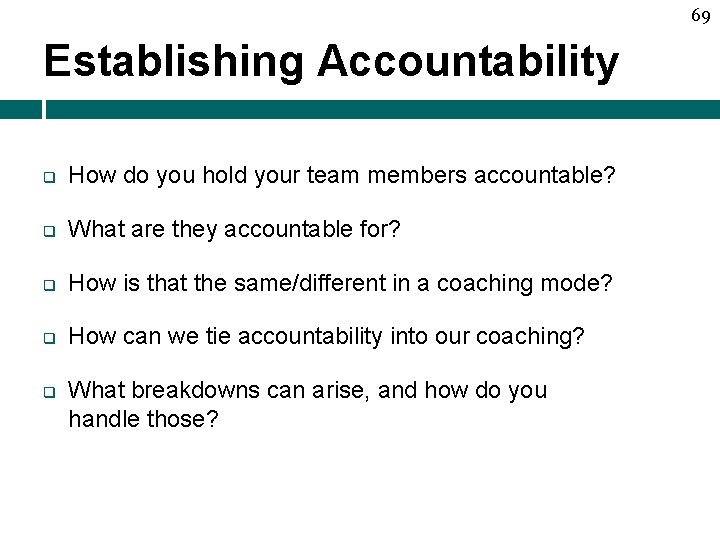
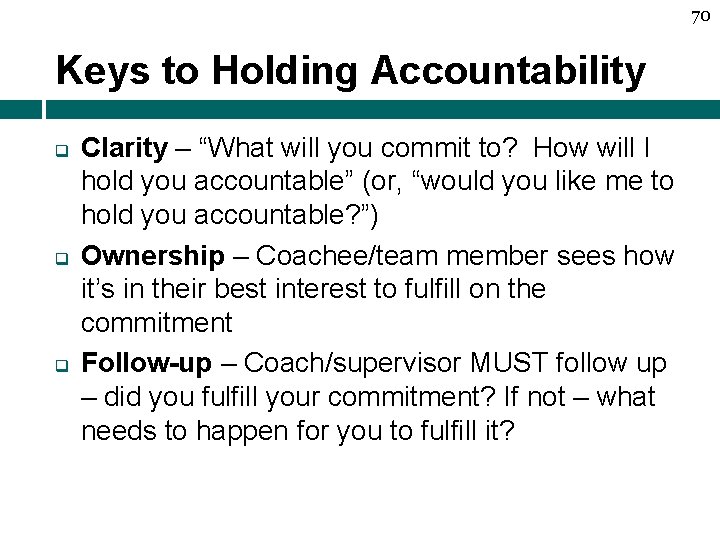
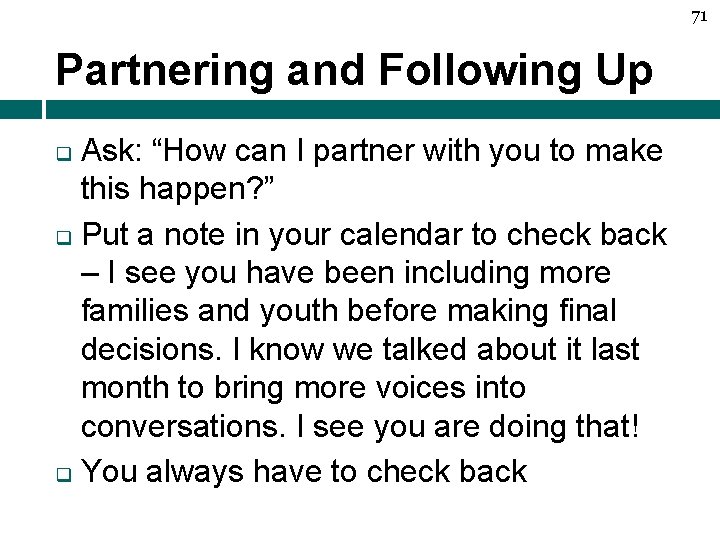

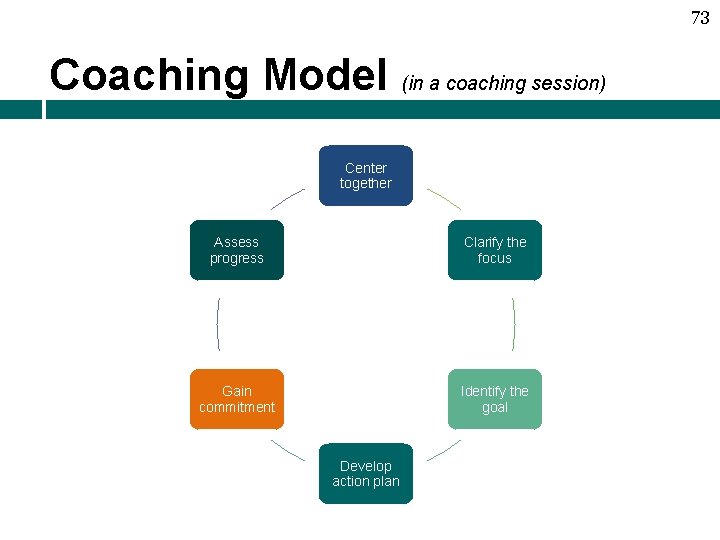

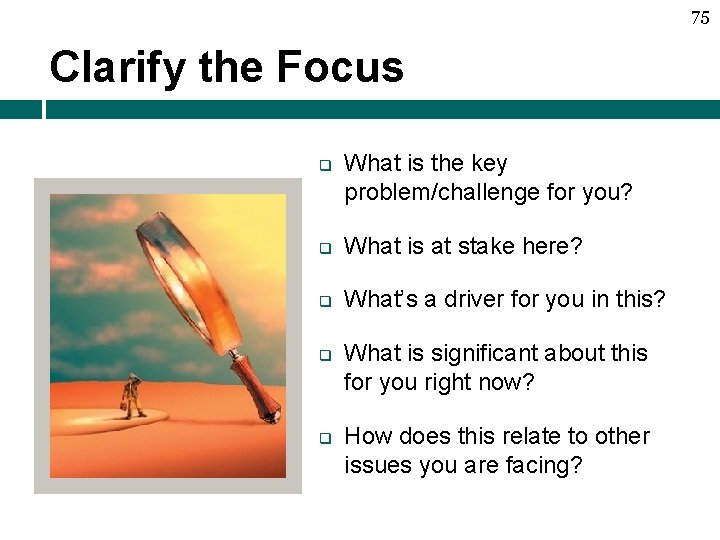
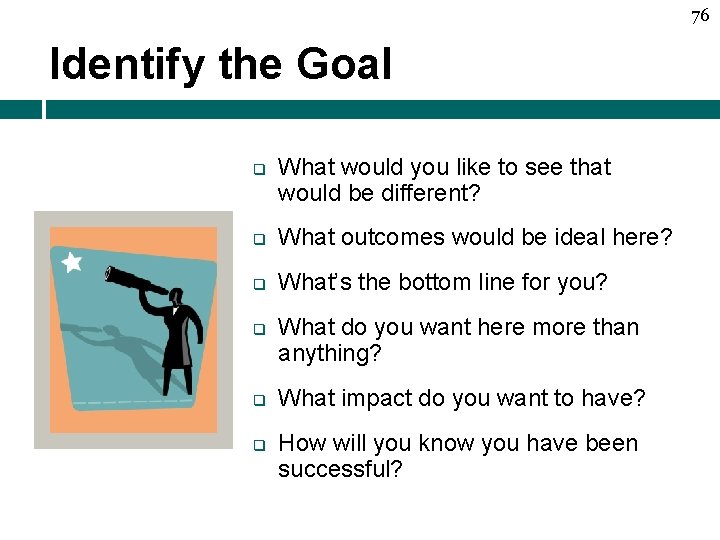
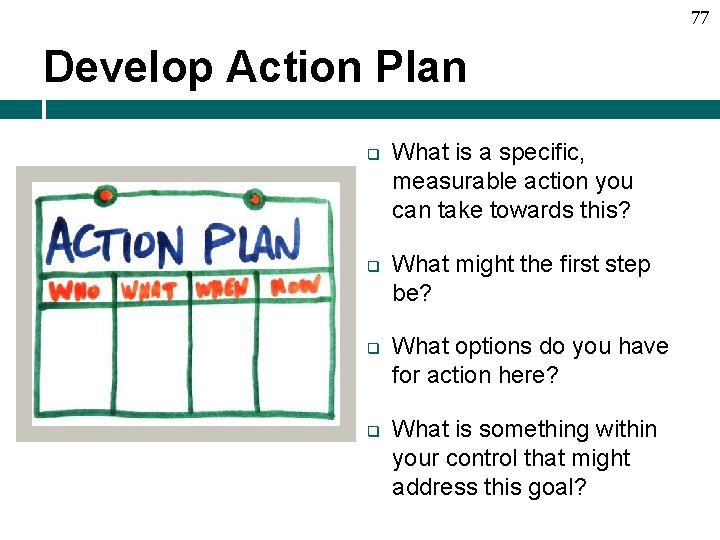
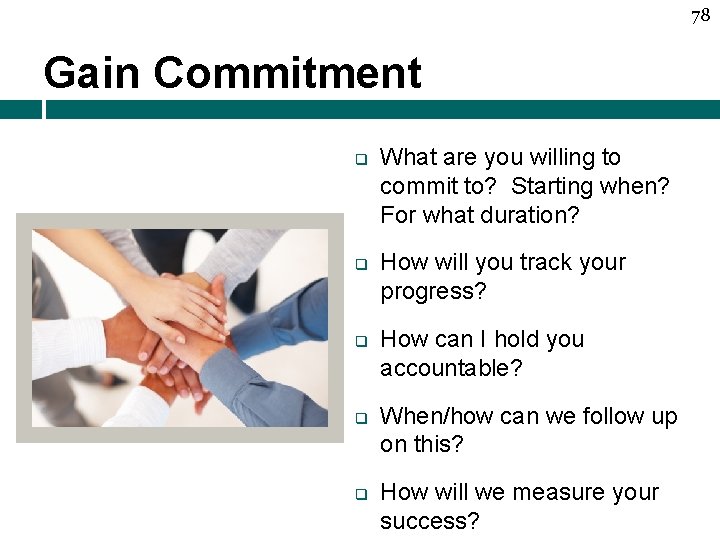
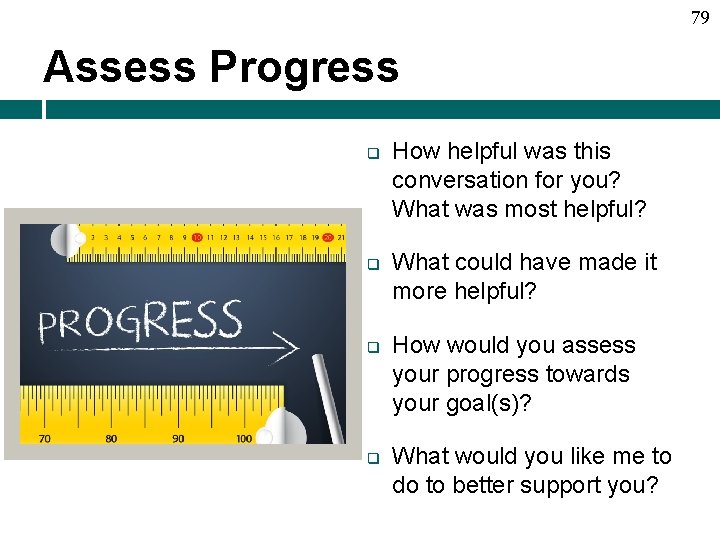
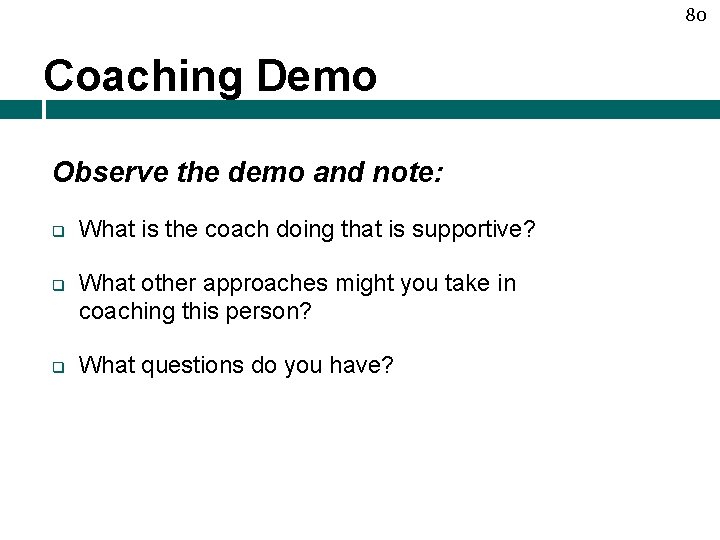
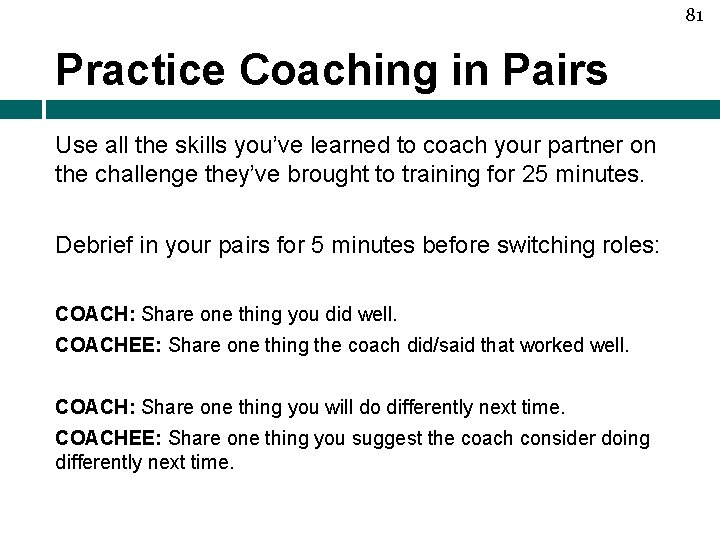
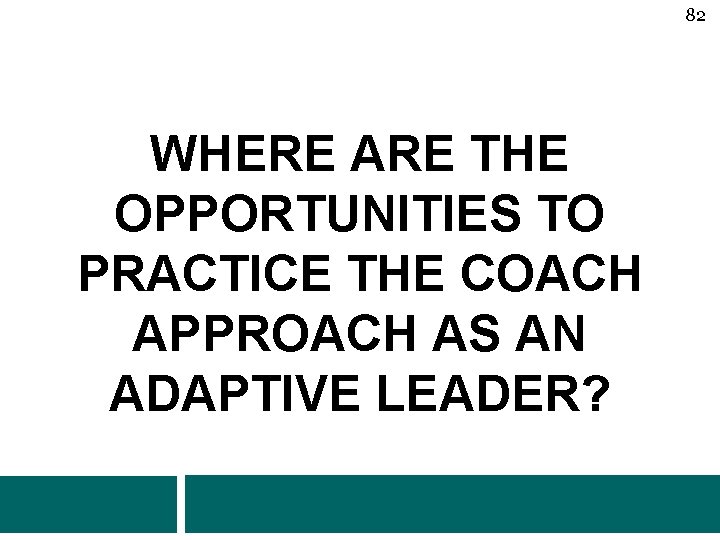
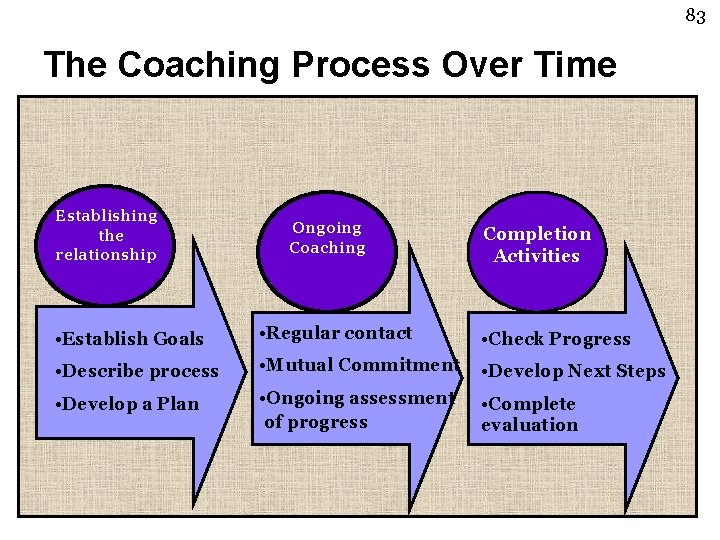
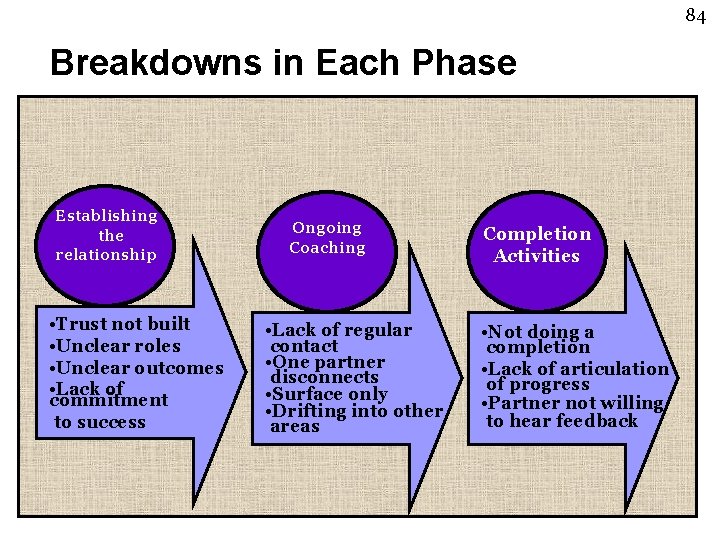
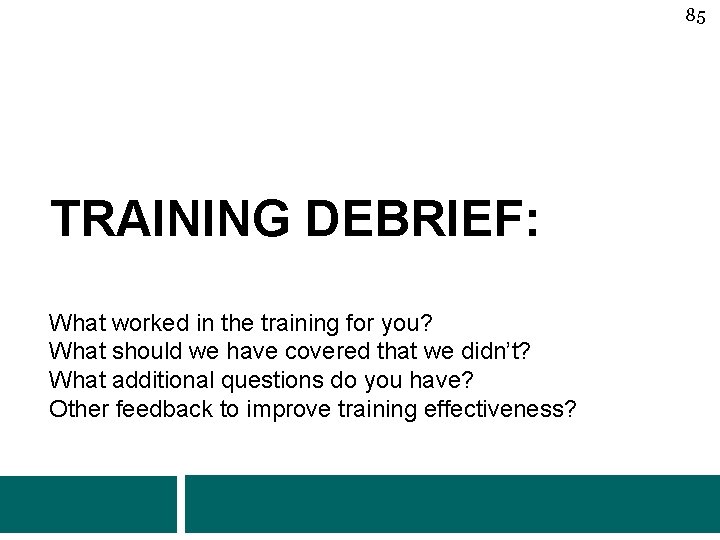
- Slides: 85

1 THE COACH APPROACH TO ADAPTIVE LEADERSHIP Developed by Coach Approach Partners

2 Introductions q Your Name q Your Role q One or two outcomes you would like as a result of this training- what would make this worth your time?

3 Training Desired Outcomes Our Desired Outcomes:

4 Agenda (Morning) q q Introductions/Outcomes The Case for the Coach Approach to Adaptive Leadership q SCARF and VUCA q Coaching Mindset and Foundation q Coaching Demonstration q Coaching Skills and Self-assessment

5 Agenda (Afternoon) q Coaching Presence q Listening from a Coaching Perspective q Reflecting/Clarifying q Inquiry q Practice Throughout the Day

6

7 The Case for a Coach Approach To Adaptive Leadership

8 Leadership Development

9 Most Important Team Leader Skills (Google Project Oxygen) 1. 2. 3. 4. 5. 6. 7. They demonstrate effective coaching skills They empower the team and do not micromanage They express interest and concern for team members wellbeing and career development They are productive and results oriented They are good communicators – listeners They have a clear vision and strategy They have key technical skills

Setting the Context: Neuroscience Research q. Status q. Certainty q. Autonomy q. Relatedness q. Fairness 10

11 SCARF video

12 Monkey Video

13 Setting the Context: VUCA Reality q q Volatility Uncertainty Complexity Ambiguity The role of the leader is to help their people thrive in the VUCA world, even though our minds are wired for SCARF!

14 Reflection What are the implications of SCARF and VUCA on how you lead? Given this new insight, what might you do more of or less of to strengthen your teams?

A Coach Approach to Leadership Means q q q We are present, focused, and listening to understand building status and relatedness We ask questions to build critical thinking skills, helping the person build autonomy We offer mostly positive feedback, building certainty and relatedness We are open to other perspectives – balcony view – and encourage feedback, building fairness Being transparent: “You will always know what I know and where I stand” builds certainty, status, and fairness 15

16 Coaching Mindset q The leader/coach is not the expert, or the judge, but creates a partnership for learning and change. q We bring and model deep respect for each individual’s own learning and development. q Our intention is always to strengthen the team member and to support his/her success. q We assume the person has good ideas and that when we ask powerful questions from curiosity those ideas can come out

Common Things Leaders Can Address Using a Coach Approach q q q Identifying and addressing performance goals Decreasing feelings of being overwhelmed, stressed, anxious Challenges in working relationships Determining next steps Breaking old patterns q q q Shifting priorities Facing challenges Dealing more effectively with change Building courage and risk taking Facing the unknown 17

18 Coaching is Effective Because… q Outcomes/achievements are reached more quickly q Staff develop critical thinking skills q Knowledge and skills of staff are tapped; morale is boosted q Managers’ stress is reduced – people answer their own questions q Coaching is aligned with system of care practice and models a strengths-based approach

19 In Summary, Coaching is… q Aligned with our SOC values of strengths-based – we are modeling as leaders and program administrators how we expect our organization to give support to people. This is how we engage each other. q An investment in developing others and making our agency more effective. q A mindset and skill set to apply broadly to the work we do.

20 Coaching is Not… q Punitive q Remedial or only for people with performance issues q Another thing we have to do…it’s another way to do what we’re already doing

21 Coaching is Not Therapy… “Therapy looks at the past to create understanding in the present…” “Coaching is forward looking – we look at the present situation and from there, move towards a desired future”

22 Coaching is Not Mentoring Ongoing relationship that can last for a long period of time Coaching Relationship generally has a set duration Can be more informal and meetings held when Generally more structured in nature and meetings mentee needs some advice, guidance or are scheduled on a regular basis support More long-term and takes a broader view of the person Short-term (sometimes time-bounded) and focused on specific professional development areas/issues Mentor is usually more experienced and qualified than the ‘mentee’. Often a senior person in the organization who can pass on knowledge, experience and open doors to opportunities Coaching is generally not performed on the basis that the coach needs to have direct experience of their coachee’s formal occupational role, unless the coaching is specific and skills-focused Focus may be on career and personal development Focus is generally on professional development and/or issues at work Agenda is set by the mentee, with the mentor The agenda is focused on achieving specific, providing support and guidance to prepare immediate goals

23 Creating Systemic Change Leader as Coach Mindset Coaching Skill Set Coaching Culture Coaching Skills Used Consistently SYSTEM Formal and Informal Coaching Dialogue

Use of the Coach Approach to Adaptive Leadership q We are asking more questions and giving less direction q We are focused on strength and skill development over time, in addition to day instruction and oversight q We are offering more affirming grounded assessment and feedback, with the intention of strengthening skills and we are identifying opportunities for improvement from a developmental perspective 24

Use of the Coach Approach to Adaptive Leadership q We are using language of commitment and holding team members accountable q We are seeking feedback from team members on how we can be more effective in our work with them q We are consciously modeling adaptive, strengths-based leadership all the time 25

26 5 -minute Coaching for Supervisors When someone comes to you with a problem/issue that has more than one possible answer: q What options do you see in this situation? q What are your thoughts about the right way to handle this? q What have you tried already? q Based on your experience, what do you think the next step should be?

27 Video example: Supervisor

28 Coaching Model (in a coaching session)

29 Coaching Demo Observe the demo and note: q What is the coach doing that is supportive? q What other approaches might you take in coaching this person? q What additional questions might you ask? q What questions do you have for the coach?

30 Coach Approach Skills Presence and Centering Listening Clarifying and Reflecting Inquiry/Asking Good Questions Feedback and Direct Communication Creating Accountability Modeling Behavior

31 ICF Core Competencies A. Setting the foundation 1. Meeting ethical guidelines and professional standards 2. Establishing the coaching agreement B. Co-creating the relationship 3. Establishing trust and intimacy with the client 4. Coaching presence C. Communicating effectively 5. Active listening 6. Powerful questioning 7. Direct communication D. Facilitating learning and results 8. Creating awareness 9. Designing actions 10. Planning and goal setting 11. Managing progress and accountability

32 Self-Assessment My strengths and areas to develop

33 First Coaching Practice q q q Choose a partner you do not know or do not know well One of you will be the “coach”. You will be listening and asking clarifying questions ONLY as the “coachee” reviews his/her selfassessment and shares, as he/she is comfortable with. Coachee to use the following questions as reflection and sharing

Self-Assessment Reflection: My Strengths to Develop q Which of these skills am I already strong in? q What is the evidence I can share for that? q q q How would I want to further strengthen these skills? Which skills do I feel less strong in right now? Which one or two skills would I like to focus my learning on during this training? 34

35 Core Skill: Being Present How do you become present and stay present?

36 Building a Trusting Relationship Trust is essential to keeping the conversation “real” Trust is established through: q Commitment to confidentiality q Clear mutual understanding of coaching, the process and expectations – and how coaching is part of the supervisory and leadership role q Modeling the coaching mindset/skill set

37 Managing Your Emotions q q q q Remember - why am I here? Commit to staying present – they are worth it! Pause, breathe and notice (in self and other) How am I showing up to support this person? What do I need to show up in a better way? Still the Body, Calm the Heart, Quiet the Mind Resistance is information. Stay on the balcony. If there is resistance, check-in and pause to give space. You are in service of their learning!

38 Four Modes of Listening

39 “Not Really Listening” Activity q q q In pairs, identify one partner to be the coach and one to be the client. The client will describe a recent frustration, and the coach will listen using either a self -referential, fix it, or superficial listening approach. After 2 minutes, switch roles Notice what it feels like to listen and be listened to in this way!

40 Core Skill: Engaged Listening What does engaged listening look like? What are characteristics of engaged listening?

41 Guidelines for Engaged Listening q q q q LISTEN TO UNDERSTAND rather than listen to respond. Put aside distractions Be aware of internal thoughts and stay focused on the person speaking; hold off on forming your response/question Use empathy, perspective, openness and curiosity Listen for what isn’t being said Watch non-verbals Listen for the heart of the matter Allow room for emotions and silence

42 Engaged Listening Activity q q q In the same pairs, share a different frustration you have recently experienced, this time with the coach listening from an engaged listening approach. After 7 minutes, switch roles Notice how it feels to listen and be listened to in this way

43 Core Skill: Clarifying Key elements: Repeat the person’s words back as best you remember (Restarting) Summarize key points without adding your own ideas Do not get ahead of the coachee. You are at their pace for their development! Is there anything you are sensing behind the words? (Fear, confusion, etc. ) Share what you’re seeing (Reflecting)

44 Reflecting/Clarifying Practice q In pairs, Person A talks about what drew you to the field of human services q Person B is listening and reflecting/clarifying only q After 10 minutes, switch roles

45 Core Skill: Inquiry What makes a good coaching question? How might questions be more helpful than answers?

46 Qualities of Powerful Questions: q q q They are real questions, not advice in disguise They come from sincere curiosity and respect They are not leading to a particular outcome They invite reflection They often begin with “What” and “How”

47 Rather Than… q q q Yes/no questions Why questions Questions that you know the answer to or are using to steer the person to a conclusion: “Don’t you think…. . ” q “Wouldn’t it be better if…” q Their good thinking is more important than your good question

Four Basic Question Types Questions about the SITUATION 48 Questions about the PERSON Questions that OPEN (toward possibility) • What are some other options? • How would it feel to follow • What else might be going on through on your plan? in this situation that you aren’t • In what ways would you like to aware of? be supported? Questions that CLOSE (toward action or certainty) • What would you like to be different? • What might you try first? • How will you ensure you get the results you want? • How does this situation make you feel? • May I check back with you in 2 weeks to see how things are going, or would another time work better?

Some Great Coach Approach Questions q What could go wrong? How will you deal with that? q q What is most important for you in this situation? q q Situational-focused/Closing What changes might you need to make to help make this happen? q q Situational-focused/Opening Person-focused/Opening How would you like this work relationship to look? q Person-focused/Closing 49

Some Great Coach Approach Questions q What have you tried before? How did that work? q q What is the one thing that you could do that would have the biggest impact in this situation? q q Situation-Focused/Closing As you hear yourself describe the situation, what is coming up for you? q q Situation-Focused/Opening Person-focused/Opening What is the most important outcome for you in this situation? q Person-focused/Closing 50

51 Inquiry Practice Person A will coach Person B – Person B will share a current challenge at work that he/she is comfortable talking about. Person A will be present, listen, reflect, and ask “what” and “how” questions. q q After 10 minutes, change roles Go through the feedback format after each coaching conversation (Spend about 5 minutes on the feedback)

52 Coaching Practice Feedback Format COACH: Share one thing you did well. COACHEE: Share one thing the coach did/said that worked well. COACH: Share one thing you will do differently next time. COACHEE: Share one thing you suggest the coach consider trying differently next time.

53 Day 1 Feedback What worked for you today? What wishes/suggestions do you have for our time together tomorrow?

54 THE COACH APPROACH TO ADAPTIVE LEADERSHIP Day 2 Developed by Coach Approach Partners

55 Table Group Activity In your table groups: q q What were your main take-aways from yesterday’s training? How did you do with your presence last night? What did you notice? What questions are you coming in with today? What do you remember about SCARF/VUCA and how it relates to The Coach Approach?

A Coach Approach to Leadership Means: We are present, focused, and listening to understand building status and relatedness q We ask questions to build critical thinking skills , helping the person build autonomy q We offer mostly positive feedback, building certainty and relatedness q We are open to other perspectives – balcony view – and encourage feedback, building fairness “Between stimulus and response there is a space. In that space is our power to choose our response. In our response lies our growth and our freedom” Victor Frankel q 56

57 Agenda (Morning) q Overnight thoughts q Focusing attention activity q Feedback and assessment q Establishing accountability q q Review of coaching models over time and for a single conversation Coaching demonstration

58 Agenda (Afternoon) q q q Practice coaching Specifics on using the coaching model in our Implementation of Systems of Care Feedback on the training and next steps

59

60 Core Skill: Providing Feedback How can we apply what we know about coaching to feedback? How can we make others accountable for their own development?

61 Candid feedback/assessment may be the best support you can give your coachee/team member —

When you Give Feedback from a Coaching Perspective… q q q The intent of feedback is always to help people be more effective The coachee or supervisee knows that part of your role is to give developmental feedback and that you would like feedback from him/her in return The coachee or supervisee also knows you will be holding them accountable for meeting the expectations of their role 62

Core Skill: Feedback/Assessment q q q Balance of positive and developmental feedback – 4 to 1 ratio. Most of feedback is positive - 80: 20 rule. Use inquiry whenever possible – “what went well? What might you do differently next time? ” Focus on behavior. Giving feedback that’s heard: q Making the offer q Specific q Grounded q Actionable q Connected to the coachee’s goals and/or performance standards 63

64 Feedback Steps 1. 2. 3. 4. 5. Ask the coachee what went well Give your specific feedback as to what went well from your perspective Ask the coachee what they might do differently next time Give your developmental feedback to the coachee Ask the coachee what they would like to commit to going forward (as appropriate)

65 Framing Feedback as a Conversation q q “How do you think that went? ” “May I share something with you that might help you be more successful? q “May I share with you what I saw? ” q “May I offer a perspective? ” q “What are your goals/intentions? Here’s how I’ve seen you work toward those…” Make sure it’s clear why you are giving the feedback – I am telling you this because I want you to (continue to) be successful at your job!

66 Feedback Pitfalls q What right do I have? q Focus on traits (you are. . ) v. behaviors (you did. . ) q Not enough time q Triggering defensiveness (may be data here) q Not specific enough q Fear of confronting

6767 Feedback Activity q q q Person being coached describes how they want to come across as a good leader, their values as a leader. (example: I want to be a leader who…. . ) Coach gives feedback regarding how they’ve seen them act in that way: This is how I’ve seen you show up as the leader you want to be: when you (action) with (person) it (share the positive impact it made). Do this over and over until time is up! After 10 minutes, switch roles

68 Core Skill: Accountability What is accountability? Why do we have trouble with establishing accountability?

69 Establishing Accountability q How do you hold your team members accountable? q What are they accountable for? q How is that the same/different in a coaching mode? q How can we tie accountability into our coaching? q What breakdowns can arise, and how do you handle those?

70 Keys to Holding Accountability q q q Clarity – “What will you commit to? How will I hold you accountable” (or, “would you like me to hold you accountable? ”) Ownership – Coachee/team member sees how it’s in their best interest to fulfill on the commitment Follow-up – Coach/supervisor MUST follow up – did you fulfill your commitment? If not – what needs to happen for you to fulfill it?

71 Partnering and Following Up Ask: “How can I partner with you to make this happen? ” q Put a note in your calendar to check back – I see you have been including more families and youth before making final decisions. I know we talked about it last month to bring more voices into conversations. I see you are doing that! q You always have to check back q

72 Creating Accountability Your intention is not to pester, it is to ensure the success of something that your coachee told you was important. q People and situations change – make yourself available to support in ways that were not originally planned. q Encourage successes, be curious about failures – what needs to change? q

73 Coaching Model (in a coaching session) Center together Assess progress Clarify the focus Gain commitment Identify the goal Develop action plan

74 Coaching Model (in ongoing sessions) Center together Assess progress Check in – what are you working on? Gain commitment Connect to the goals Develop action plan

75 Clarify the Focus q What is the key problem/challenge for you? q What is at stake here? q What’s a driver for you in this? q q What is significant about this for you right now? How does this relate to other issues you are facing?

76 Identify the Goal q What would you like to see that would be different? q What outcomes would be ideal here? q What’s the bottom line for you? q q q What do you want here more than anything? What impact do you want to have? How will you know you have been successful?

77 Develop Action Plan q q What is a specific, measurable action you can take towards this? What might the first step be? What options do you have for action here? What is something within your control that might address this goal?

78 Gain Commitment q q q What are you willing to commit to? Starting when? For what duration? How will you track your progress? How can I hold you accountable? When/how can we follow up on this? How will we measure your success?

79 Assess Progress q q How helpful was this conversation for you? What was most helpful? What could have made it more helpful? How would you assess your progress towards your goal(s)? What would you like me to do to better support you?

80 Coaching Demo Observe the demo and note: q q q What is the coach doing that is supportive? What other approaches might you take in coaching this person? What questions do you have?

81 Practice Coaching in Pairs Use all the skills you’ve learned to coach your partner on the challenge they’ve brought to training for 25 minutes. Debrief in your pairs for 5 minutes before switching roles: COACH: Share one thing you did well. COACHEE: Share one thing the coach did/said that worked well. COACH: Share one thing you will do differently next time. COACHEE: Share one thing you suggest the coach consider doing differently next time.

82 WHERE ARE THE OPPORTUNITIES TO PRACTICE THE COACH APPROACH AS AN ADAPTIVE LEADER?

83 The Coaching Process Over Time Establishing the relationship Ongoing Coaching Completion Activities • Establish Goals • Regular contact • Check Progress • Describe process • Mutual Commitment • Develop Next Steps • Develop a Plan • Ongoing assessment of progress • Complete evaluation

84 Breakdowns in Each Phase Establishing the relationship • Trust not built • Unclear roles • Unclear outcomes • Lack of commitment to success Ongoing Coaching • Lack of regular contact • One partner disconnects • Surface only • Drifting into other areas Completion Activities • Not doing a completion • Lack of articulation of progress • Partner not willing to hear feedback

85 TRAINING DEBRIEF: What worked in the training for you? What should we have covered that we didn’t? What additional questions do you have? Other feedback to improve training effectiveness?